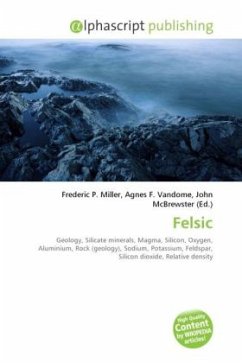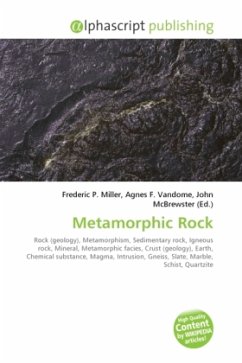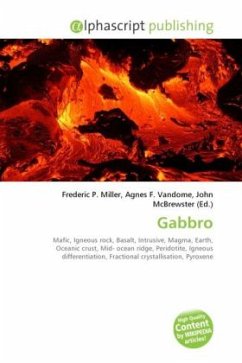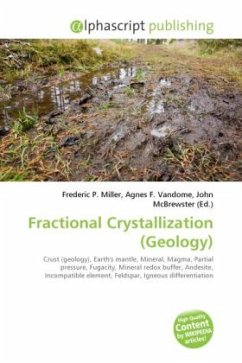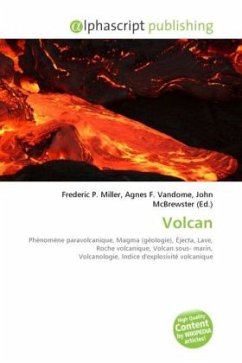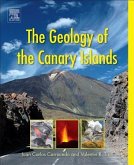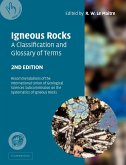Felsic is a term used in geology to refer to silicate minerals, magma, and rocks which are enriched in the lighter elements such as silicon, oxygen, aluminium, sodium, and potassium. The term combines the words "feldspar" and "silica." Felsic minerals are usually light in color and have specific gravities less than 3. Common felsic minerals include quartz, muscovite, orthoclase, and the sodium-rich plagioclase feldspars. The most common felsic rock is granite. On the opposite side of the rock spectrum are the iron and magnesium-rich mafic and ultramafic minerals and rocks. In modern usage, the term acid rock, although sometimes used as a synonym, refers to a high silica content (greater than 63% SiO2 by weight) volcanic rock such as rhyolite. The term was used more broadly in older geologic literature. It is considered archaic as the terms acidic and basic rock were based on an incorrect idea dating from the 1800s that silicic acid was the chief form of silicon occurring in rocks. The term felsic is related to but not derived from the German adjective felsig ("rocky").
Bitte wählen Sie Ihr Anliegen aus.
Rechnungen
Retourenschein anfordern
Bestellstatus
Storno

